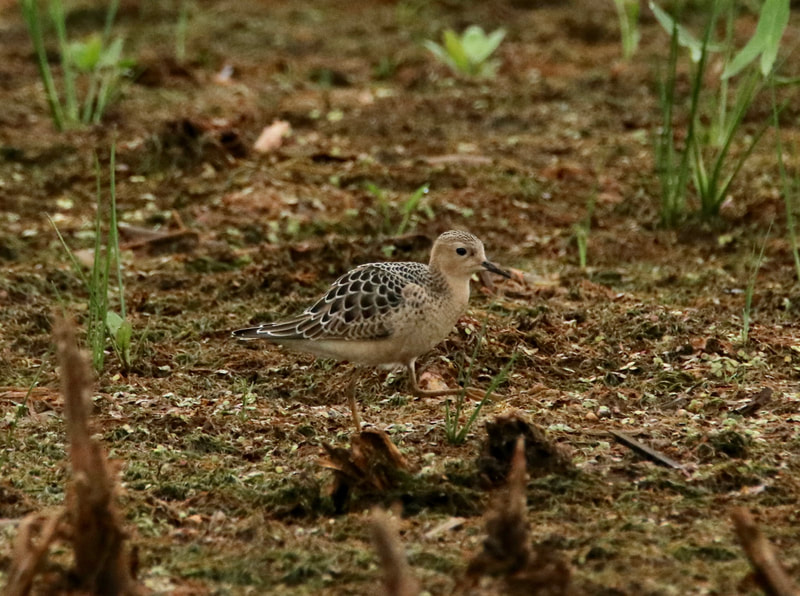Watch for the start of fall migration of shorebirds during lake shore and mudflat birding

While August doesn’t usually call to mind the autumn, if one notes the sequence of our natural world it is clear that fall or autumn is approaching. August is a time when many of our birds begin the southern treks to their wintering grounds. In fact, for some shorebirds, even early July can produce the first Least or Solitary Sandpiper beginning its return migration.
Shorebirds are difficult, but as with any other group of species patient study can result in easy identification of many species. Of the 443 species of birds on Ohio’s official checklist (see the Ohio Ornithological Society checklist, 47 species are shorebirds. With some effort, one can expect to encounter 25 – 35 shorebirds in Ohio during a typical year.

Fall shorebird migration begins to advance in mid-August and extends into late September. While numbers tend to decline in October and most individuals have departed by November, there are occasional stragglers that linger into December. Our most familiar shorebird, the Killdeer, may overwinter in Ohio in low numbers during some years. Wilson’s Snipe have also been recorded during our winter months.
Shorebirds utilize exposed mudflats often created by the drying out of wetland pools. Timing is everything as these areas can dry quickly under the August summer heat and lack of rainfall. For birdwatchers, it is important to keep an eye on these areas as species may move on quickly if the habitat disappears. Many shorebirds migrate at night, often resulting in significant changes in terms of number individuals and species at a given site.

Many shorebirds travel thousands of miles during the biannual migrations often crossing continents and even open ocean. The Bar-tailed Godwit travels up to 6,000 miles non-stop as part of its migratory movements.
Nature Preserves such as Pickerington Ponds Metro Park in Franklin County, Sheldon’s Marsh in Erie County, and Headland Dunes in Lake County can be very productive shorebird stopover points. Also, wetland restoration areas in your local park districts and some State Wildlife Areas may also be productive. The two references below are highly recommended field guides that are specifically focused on shorebirds and their identification.
John Watts is a retired Resource Manager, Columbus Metro Parks, and a member of the Ohio Natural Areas and Preserves Association (ONAPA) Board Advisory Committee. This article is republished here by kind permission of ONAPA.
References:
– O’Brien, Michael, R. Crossley, and K. Karlson. 2006. The Shorebird Guide. Houghton Mifflin Company. New York, New York. 477pp.
– Paulson, Dennis. 2005. Shorebirds of North America-The Photographic Guide. Princeton University Press. Princeton, New Jersey. 361pp.


